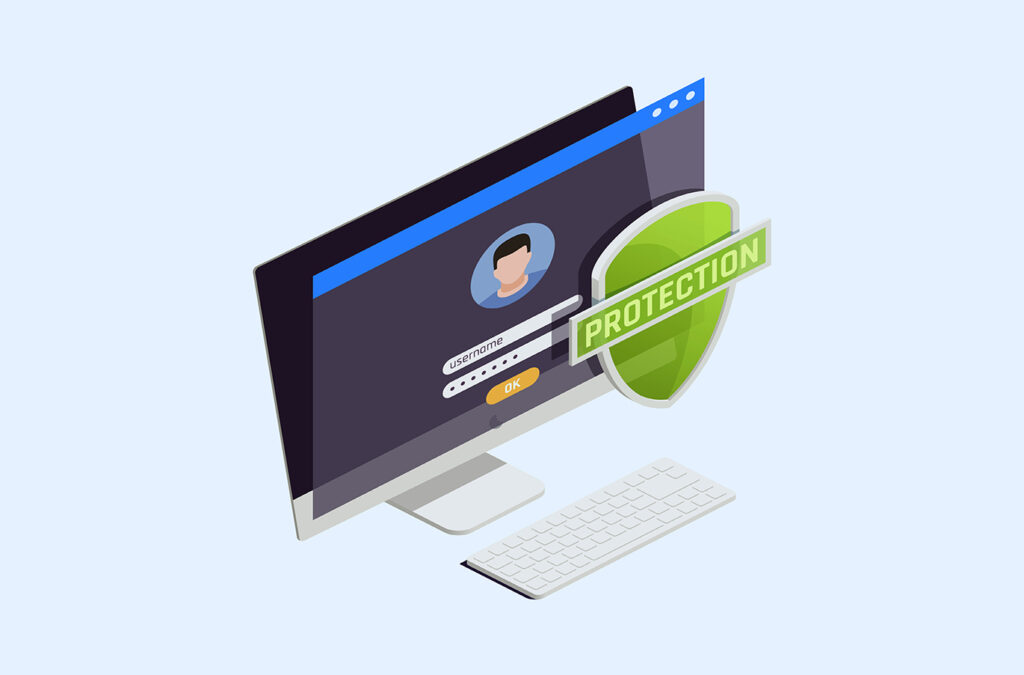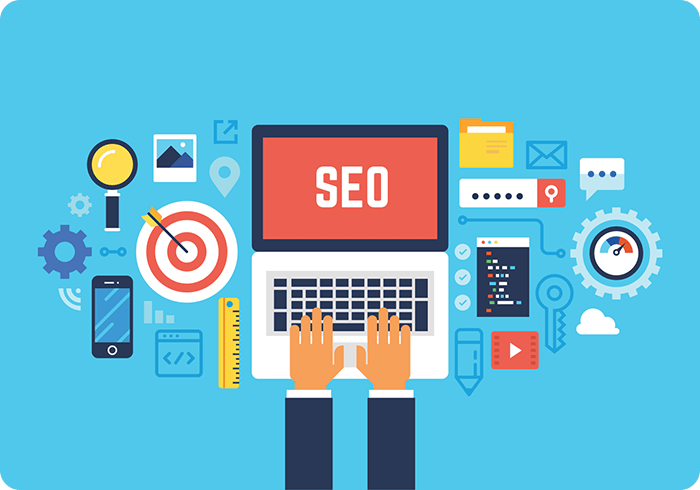In today’s digital landscape, having a presence on social media is no longer optional for businesses. With over 40 million users on Facebook and 28 million on Instagram alone, it’s crucial to have a robust content strategy to stand out from the competition and effectively reach your target audience.
The Benefits of Using Social Media in Your Customer Acquisition Strategy
Here are the advantages of implementing a well-thought-out content strategy for your brand:
- Attracting New Prospects: Social media platforms provide an excellent opportunity to attract potential customers who may not be familiar with your brand.
- Strengthening Your Brand Awareness: By consistently sharing valuable content and engaging with your audience, you can enhance your brand’s visibility and recognition.
- Generating Leads: Social media platforms offer various tools and features to capture leads and drive conversions.
- Building Credibility: A strong presence on social media can help build trust and credibility with your audience, making it more likely for them to choose your brand over competitors.
- Increasing Website Traffic: Social media can drive significant traffic to your website, leading to increased sales and conversions.
- Creating Trust and Engagement: Building a loyal and engaged community on social media can lead to long-term relationships with your audience, resulting in increased customer loyalty and advocacy.
Tools for an Effective Customer Acquisition Strategy
Numerous tools are available to marketers to assist companies in their online visibility projects:
Advertising Platforms: Platforms like Google Ads, Facebook Ads, and LinkedIn Ads offer advanced features for creating, managing, and optimizing advertising campaigns.
Tracking Pixels and Analytics Tools: Tools like Google Analytics provide valuable insights into website traffic, user behavior, and traffic sources.
Social Media Management Tools: Tools like Agora Pulse allow marketers to manage and schedule social media posts, engage with users, and measure engagement and performance.
These tools enable marketers to track, analyze, and optimize advertising campaigns, measure performance, and gain valuable insights to make data-driven decisions and improve results.
Short-term vs. Long-term Acquisition
Customer acquisition aims to attract new customers to your business. Social media plays a crucial role in both short-term and long-term acquisition strategies.
In some industries, social media can drive short-term conversion, especially in sectors like lifestyle, fashion, or dining, where purchasing decisions are often more spontaneous and based on immediate needs or desires. By using an Inbound marketing strategy focused on engaging and relevant content, a company can quickly influence consumer purchasing decisions.
In other industries, particularly those involving expensive services or purchases, the purchase decision-making process is typically longer, requiring a long-term conversion approach. In such cases, social media helps to enhance brand awareness and build trust with prospects until they make a purchase decision, contact you, or request a quote. Therefore, it’s essential to tailor your social media customer acquisition strategy based on your industry and target audience for better conversion.
Social media platforms are perceived as a trust indicator by users and serve as a showcase for your brand. By developing a social media acquisition strategy, you stand to gain in terms of visibility and trust from your audience.
Steps to Create an Effective Social Media Acquisition Strategy
Having a presence on social media is good, but having an effective acquisition strategy is better! Discover the three steps to follow for a successful social media strategy that works.
Define SMART Objectives
It is crucial to set SMART goals for your business. They allow you to measure the results of your strategy accurately.
Here are some examples of goals commonly used in an acquisition strategy:
- Traffic: The main goal may be to attract more visitors to your website or social media channels. This can result in increased visitor numbers and improved quality of traffic by targeting more specific audiences.
- Conversion: The goal here is to encourage visitors to take a specific action, such as signing up for a newsletter, downloading content, requesting a form or quote, or even purchasing a product or service. The aim is to convert prospects into customers.
- Awareness: If your company wants to become known or consolidate its presence in the market, the goal may be to increase visibility. This can result in an increase in the number of subscribers on social media or even an increase in mentions of your brand.
- Engagement: It may be essential to develop a long-term relationship with your audience. The goal may be to develop engagement on social media, get comments, mentions, or positive reviews.
By defining specific acquisition objectives, you can analyze your performance and adjust your strategy accordingly. Remember to establish measurement indicators for each objective to track your performance and make adjustments if necessary.
For example, if you find that your engagement strategy is not effective, it may be due to various reasons, such as sharing messages that are not suitable for your audience, lack of consistency in your communication, low posting frequency, or lack of interaction with your audience. It is essential to assess every aspect of your acquisition strategy to identify weaknesses and make appropriate adjustments to improve its effectiveness.
Define an Editorial Line
After defining the objectives to be achieved, it is essential to define your target audience to know who you are addressing. You can create one or more personas to target the right people. It is essential to understand the expectations and habits of your target audience on social media. This will allow you to create relevant and adapted content that will attract the attention of your prospects.
Choose a tone that reflects your values and your brand while being adapted to your target audience. Do not use a tone that is too formal if your target audience is composed of young people under 18, for example. Remember to define themes on which you want to communicate, as well as the messages you want to convey.
Take the example where the environment is one of your themes. You can convey several messages related to this theme, such as highlighting your commitment to the environment in your manufacturing process, your CSR policy, demonstrating your daily responsibility through concrete actions, giving environmental advice, etc.
In addition to their potential to attract new customers, social media platforms offer many additional benefits in an acquisition strategy. They offer direct interaction with your audience, promoting engagement with prospects and even customer loyalty. By creating attractive and relevant content, you can spark discussions, answer questions, and solve customer problems quickly and personally.
Examples of Content That Lead to Faster Conversion:
- Project Photos: Share images of your projects to illustrate the quality of your work and spark the interest of prospects.
- Demonstrating Expertise: Highlight your expertise by sharing tips and tricks related to your field of activity. This enhances your credibility and positioning as an expert.
- Providing Information/News Related to Your Industry: Keep your audience informed about the latest news, trends, and innovations in your field. This shows that you are following the news and developments in your business and are committed to offering up-to-date products or services.
The most important thing is to bring a human dimension to your communication. Show yourself to be authentic, engage in conversations, respond to comments and messages personally.



